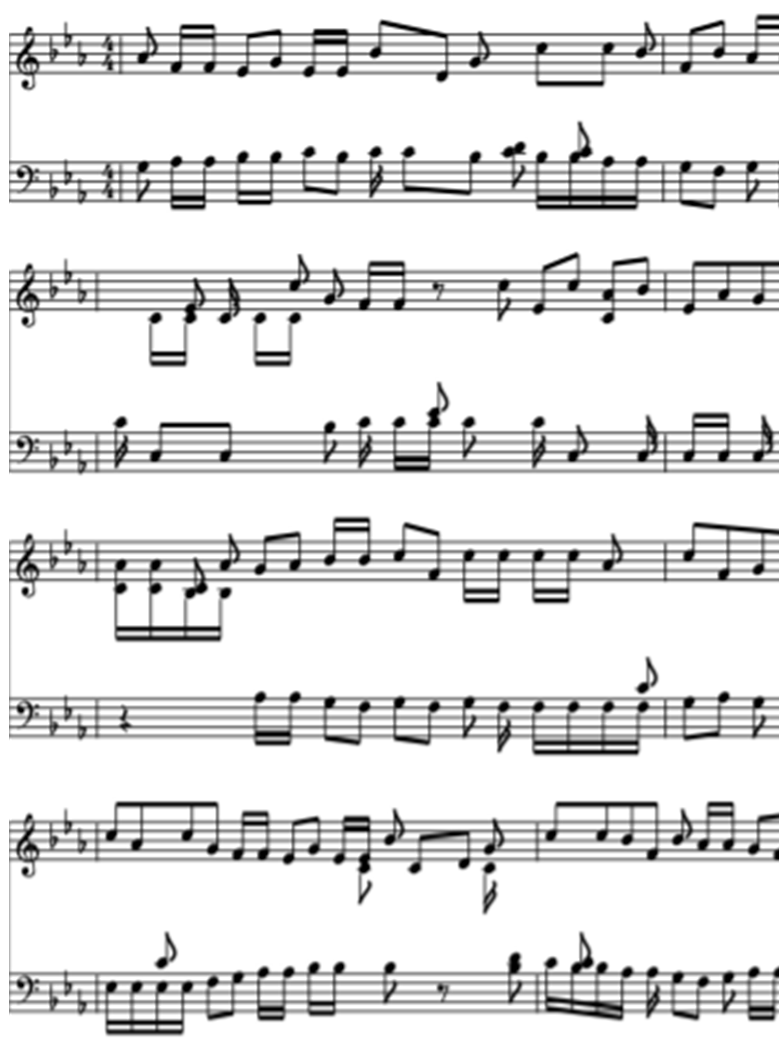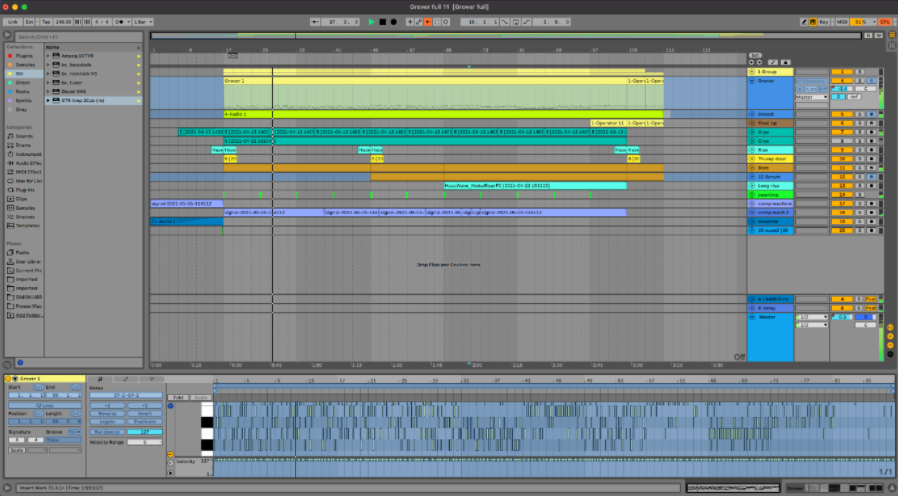How do you make 'quantum music'? The short answer is to have a friend who is a musician and chuck data at them. This helped us a lot and reduced the task down to finding themes which we thought were interesting and disseminating these to the artist to get across the general concepts. The alternative is a little bit longer but generally involves:
- Getting numbers from a quantum output somewhere (simulations/experiment).
- Finding a mapping of these numbers into some musical form (e.g. melody pitch, rhythm)
- Write a piece around the main melody/chord change/beat that you’ve generate, maybe even inspired by the quantum concept itself.
The first sticking point you’ll probably find is why to do the quantum music in the first place. Do you want the output to be a purely artistic or do you also want it to be able to perform some outreach function, getting across the quantum concept via the music? We ended up sticking somewhere in the middle – we wanted it to sound good and be creative, but also wanted the quantum aspect to make it through and be discernible in the piece.
We used a range of outputs, mostly audio recordings of various bits of lab equipment (to use as samples) and simulations of quantum experiments. We did simulations in Python and QuTech’s “Quantum Inspire Home” Platform. The numbers from these were then generally used to drive the melody for pieces that we embellished with the samples from the lab and other bits. We tried lots of other methods and stuff before this, but these were the final chunks we found most compelling. Everything was finally combined in Ableton to make the final tracks - the outputs of which can be heard here


